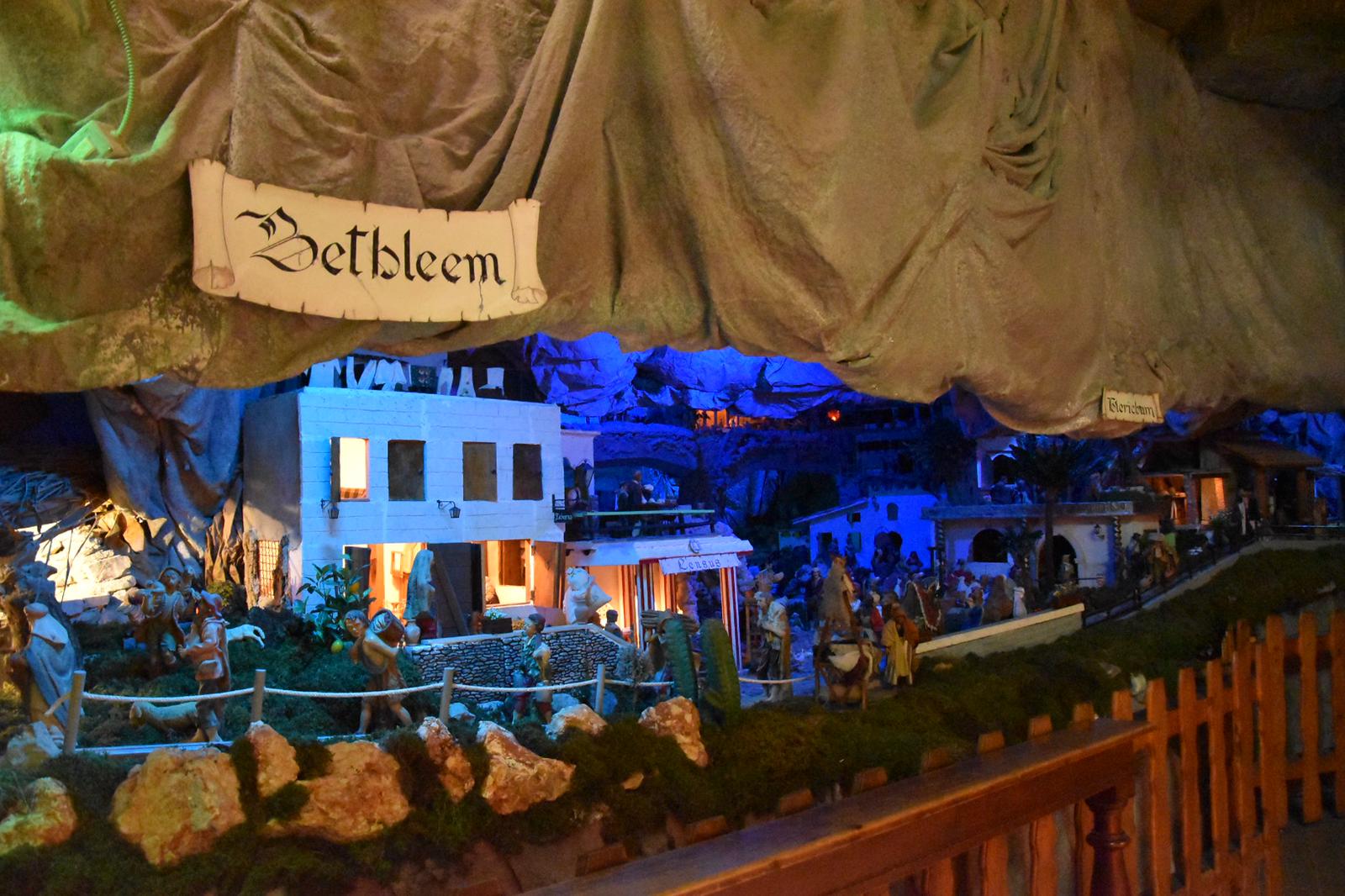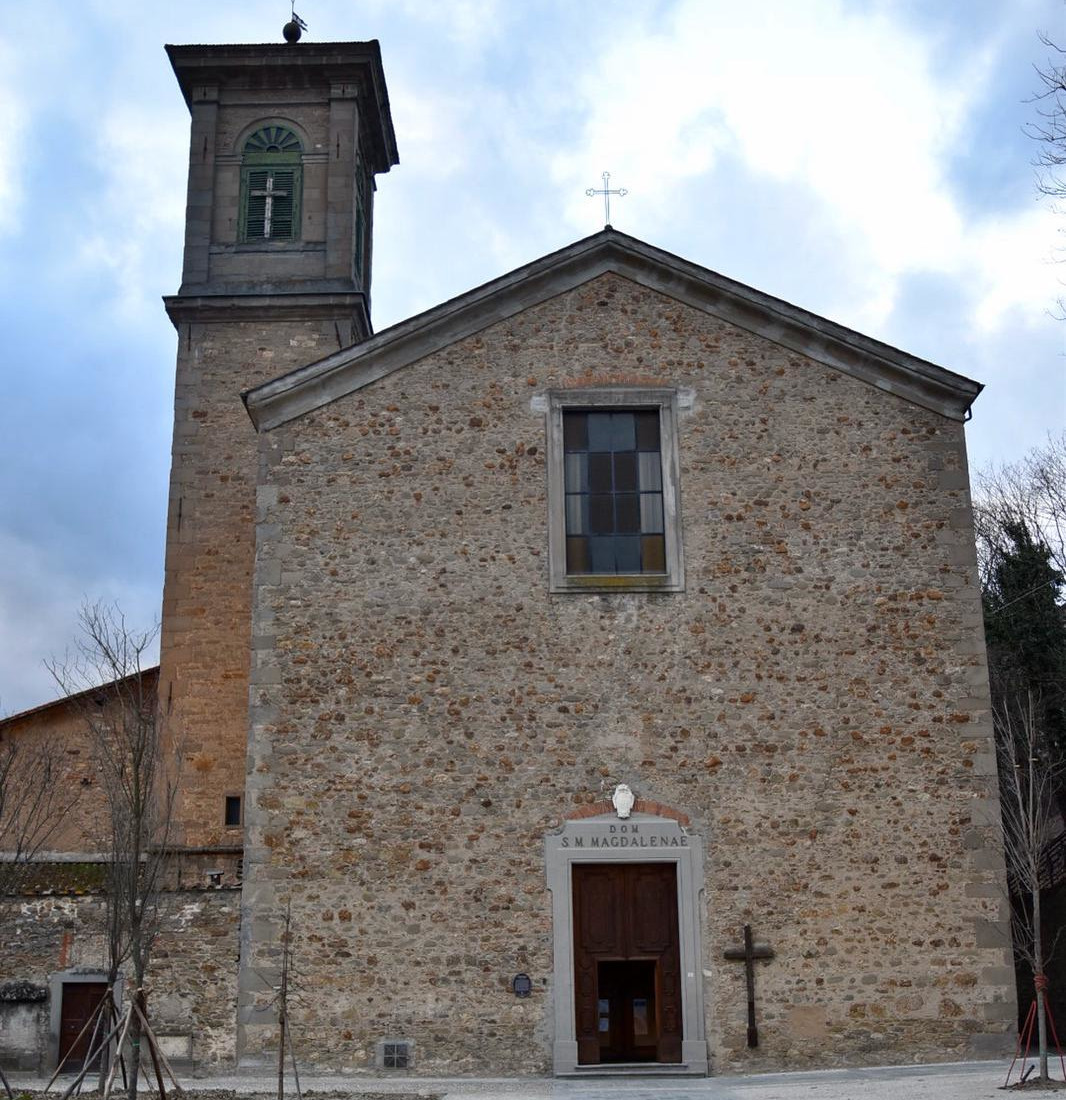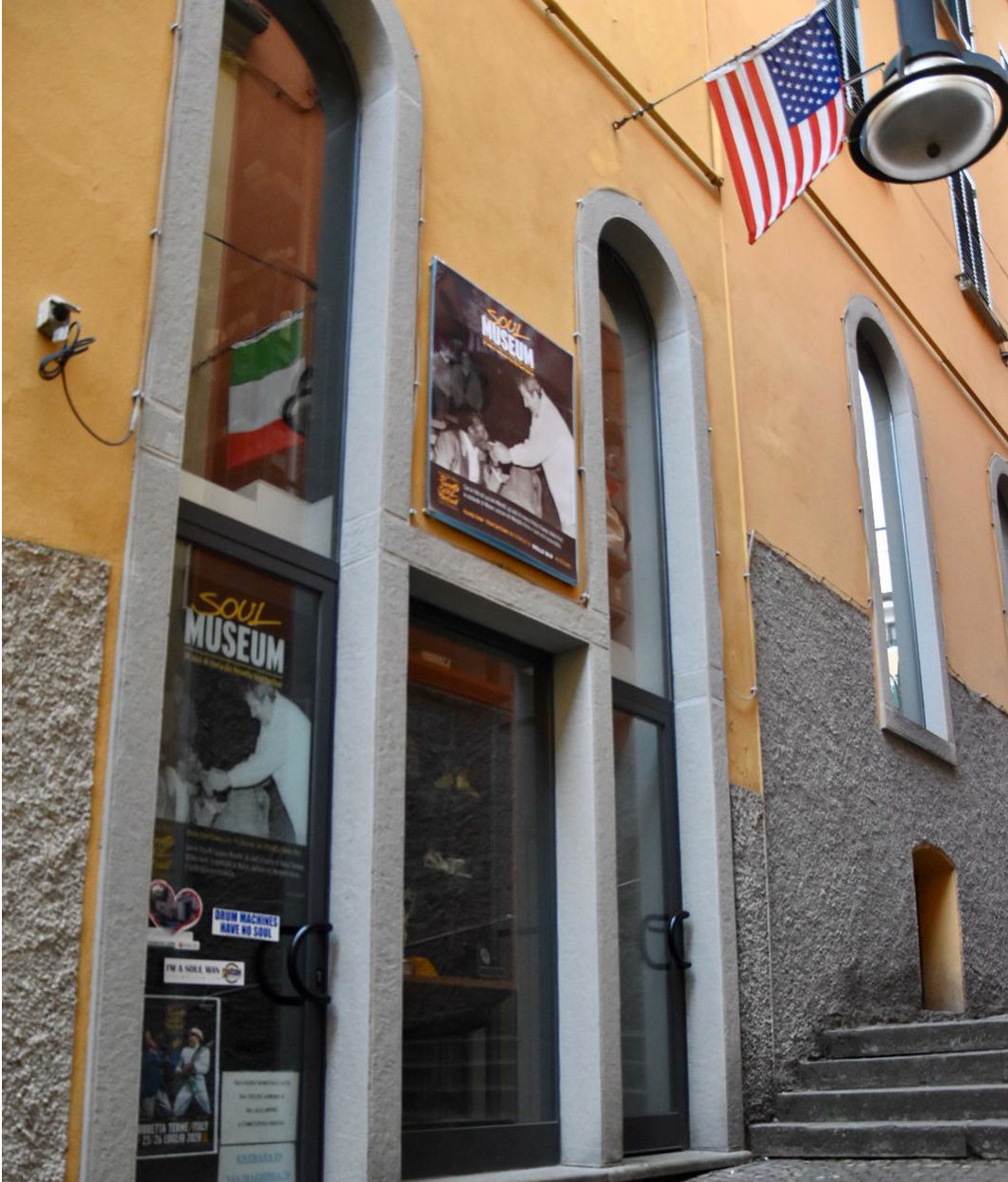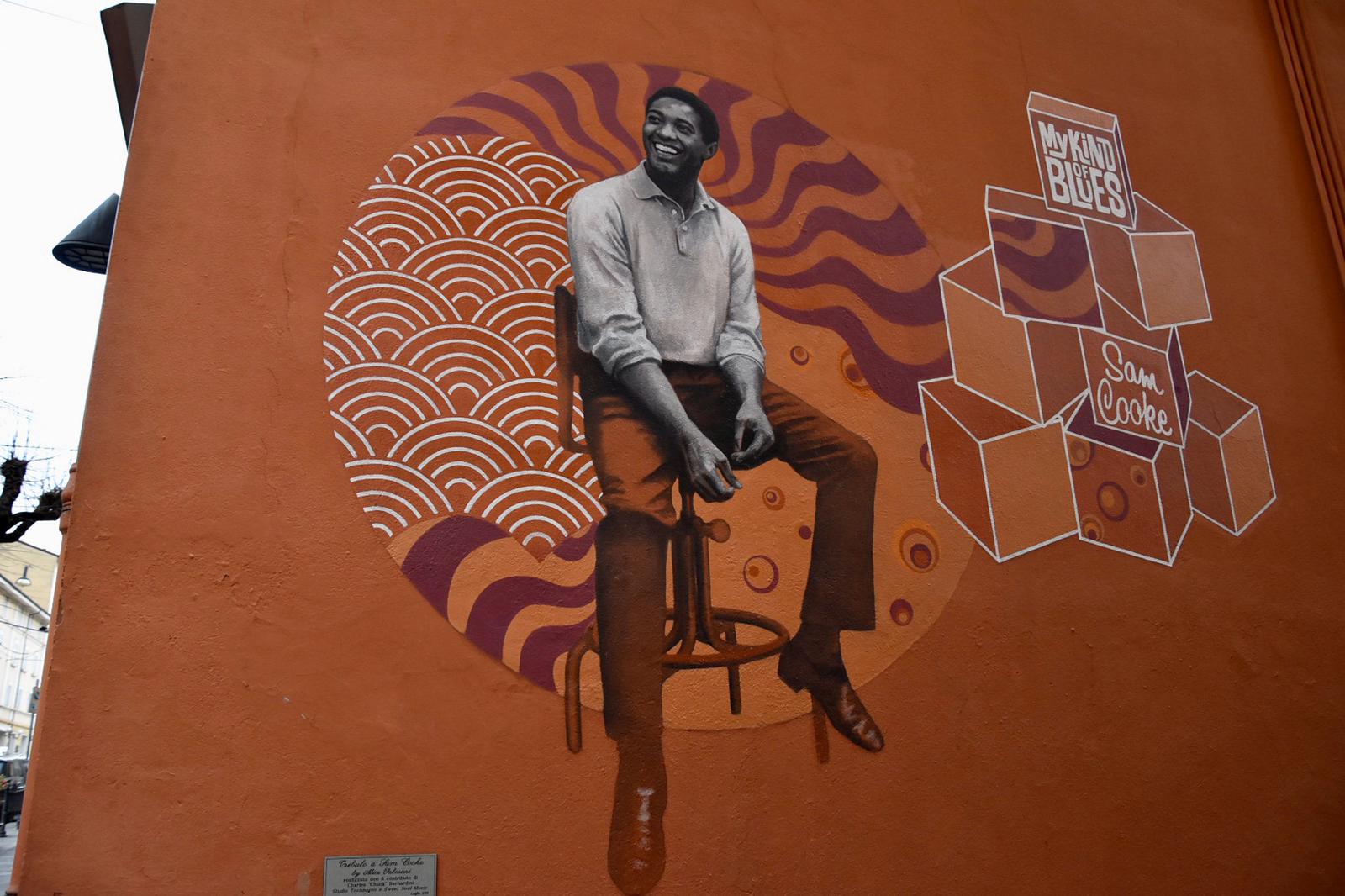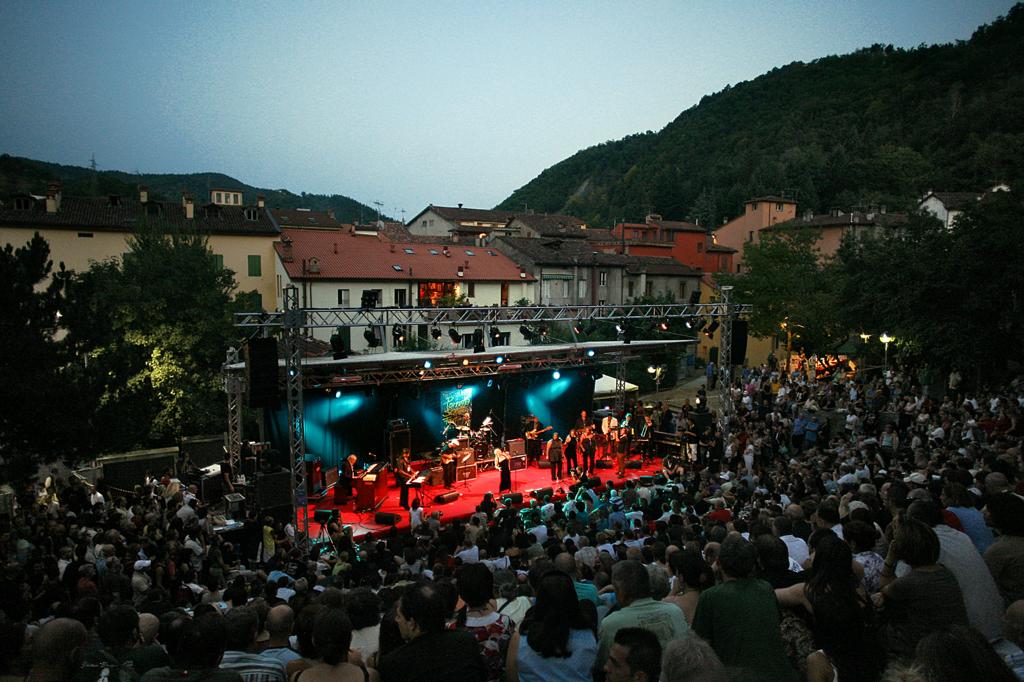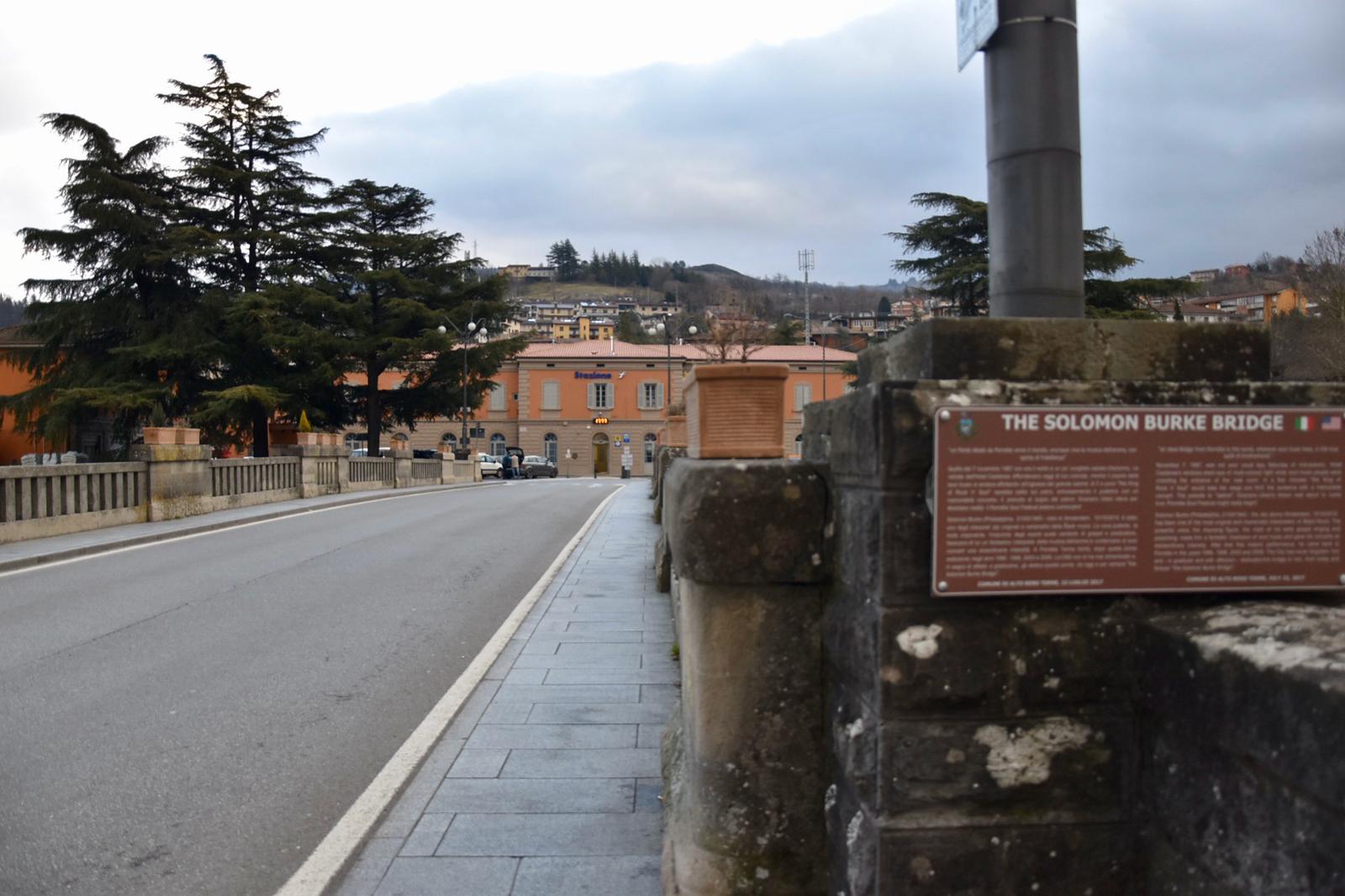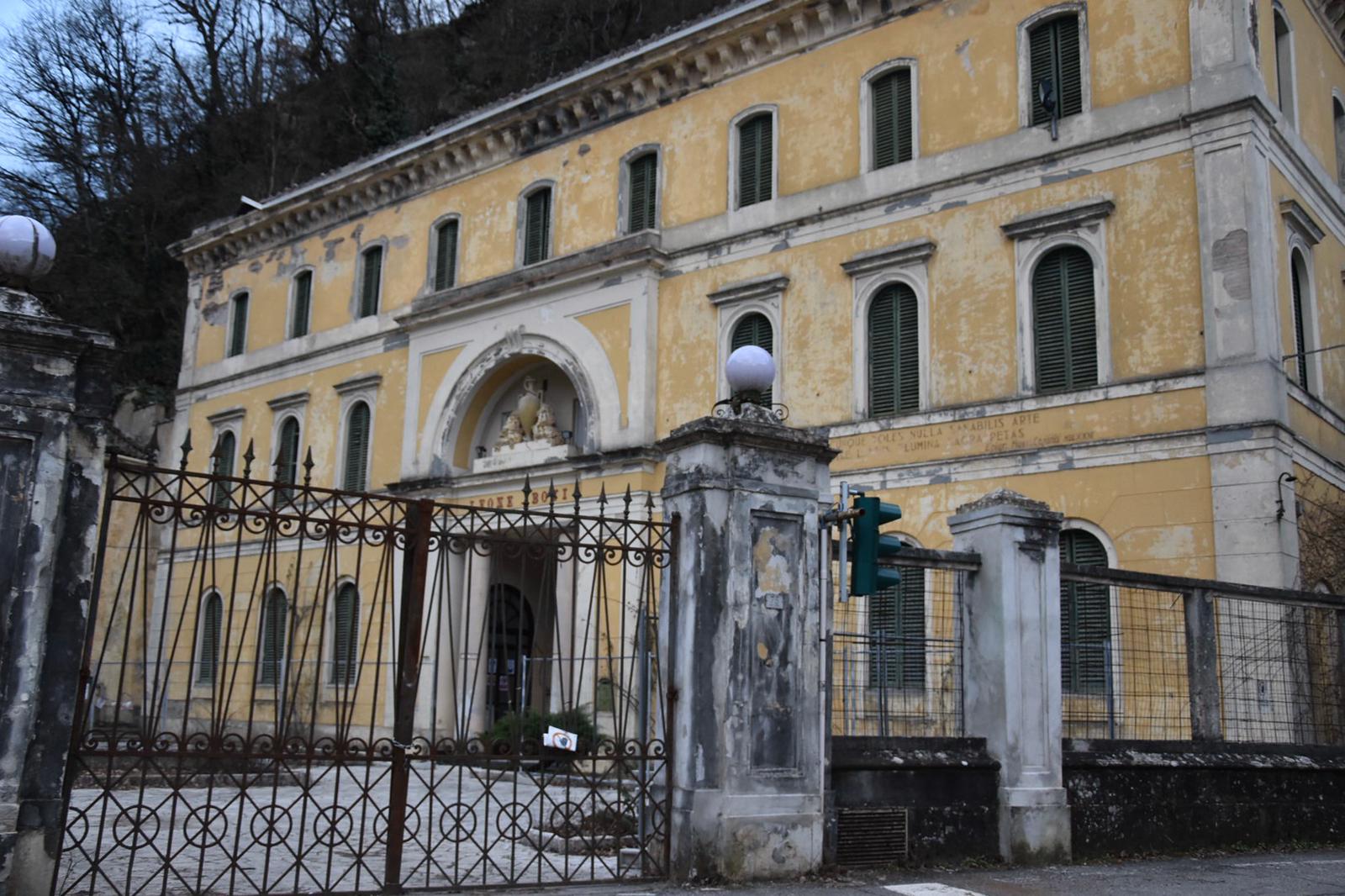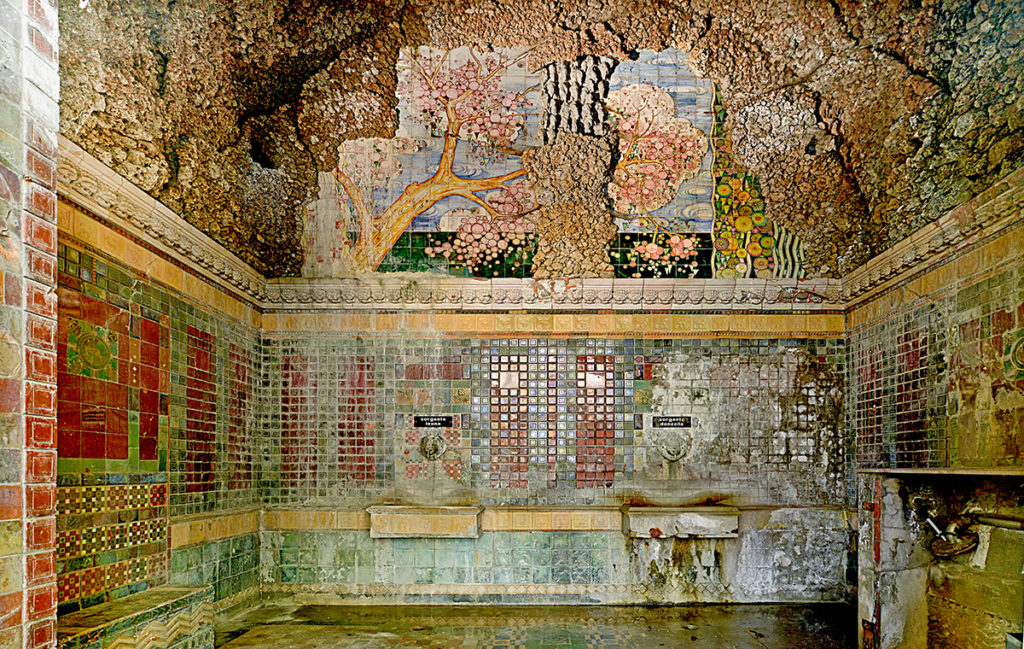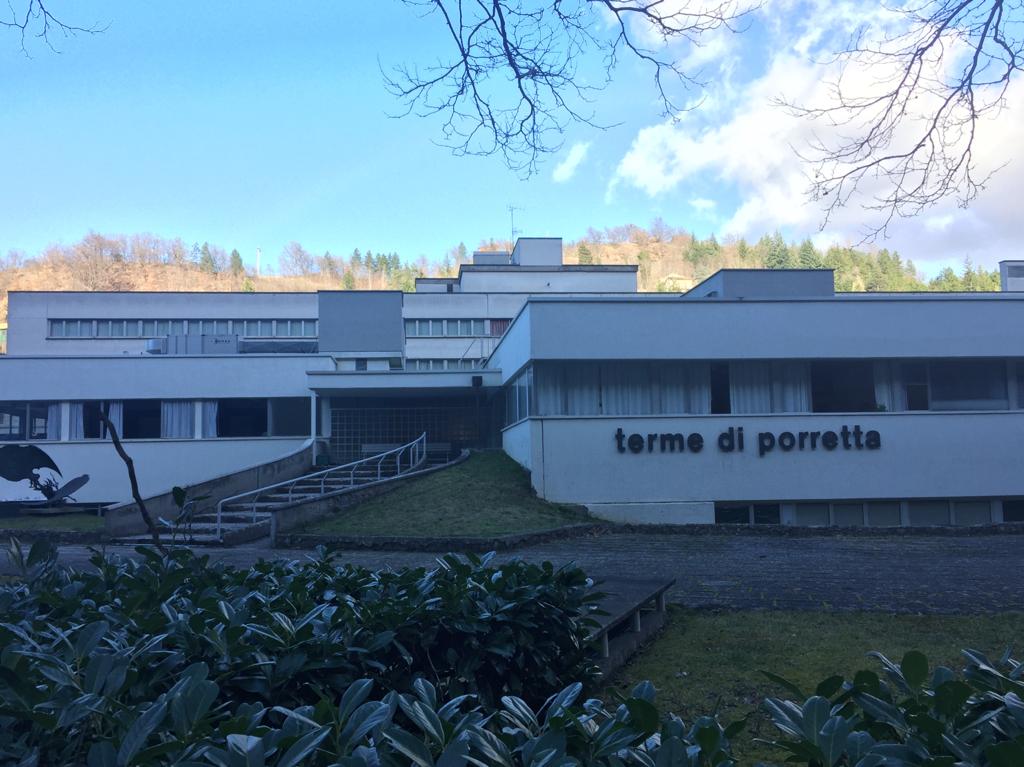1.Historical Centre
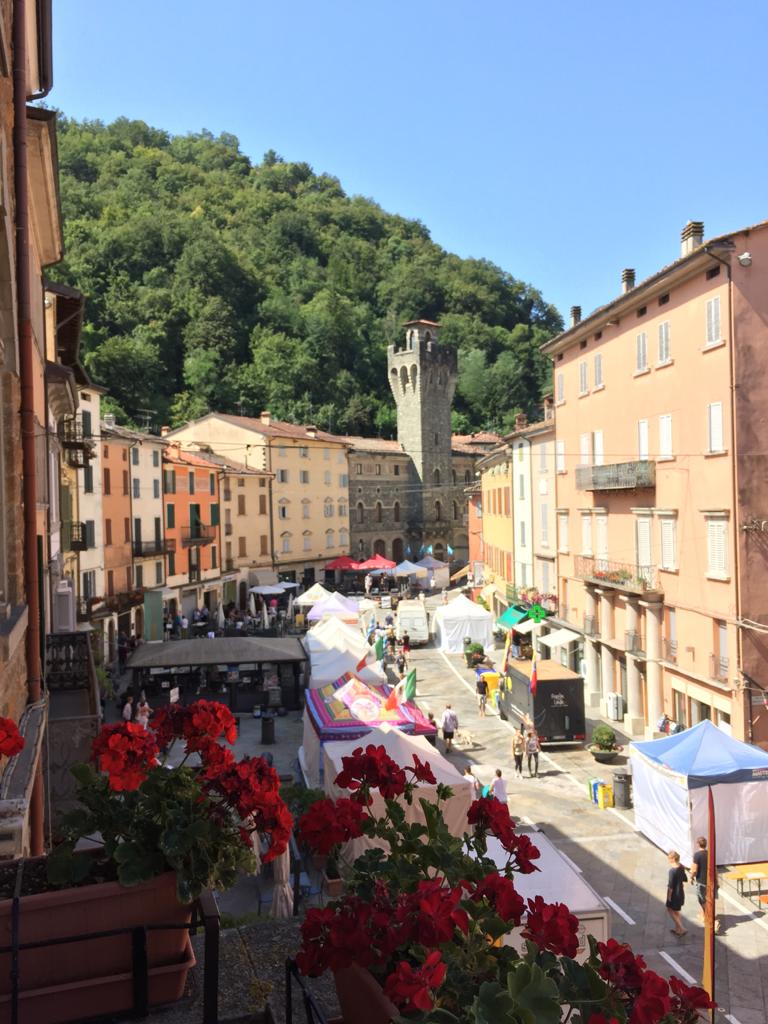

Porretta Terme is a town set on rivers: the oldest part dating back to the 13th-14th century is set along the path of the River Rio Maggiore. The development of the urban centre beside the River Reno dates back to the first years of the 19th century, after the opening of the Porrettana to traffic around the 1850s and the railway line in 1864. The Rio Maggiore characterizes the urban structure of the ancient centre: from the narrow and long squares, to the streets aligned parallel to each other and to the river. The nineteenth-century part of the village is characterized by three main axis that run parallel to each other: the river, the road and the railway. Via Falcone, Via Ranuzzi and Via Delle Terme belong to the ancient part of the town and their old appearance is almost entirely preserved. The name Via Falcone has an unusual origin, proving that some taverns once existed with external signs in wrought iron representing animal figures. Following one of the roads Via Matteotti or Via delle Terme which run alongside the River Rio or crossing over Via Falcone, you reach Terme Alte (High Spa), a place where you can breathe the air of ancient thermal baths. In the second half of the 14th century the first hotels were built here. You can now find the thermal establishments Leone Bovi, Marte Reale e Donzelle, which were rebuilt in the 19th century. Near Via Falcone you can find Ponte dei Sospiri, which connects Via Matteotti with Via delle Terme. The bridge was an archway on which the town clock was located, it was destroyed in the years between the two World Wars in order to make space for a new building, Casa del Fascio, with its typical style of the fascist period. The clock’s components have been reused within the clock of the church bell tower. Ponte dei Sospiri leads you to Piazza della Libertà, the beating heart of Porretta centre, where apart from the ex Casa del Fascio, another interesting building is present, this was also built in typical fascist period style: the town hall. In place of today’s town hall, which was erected in 1930, there used to be a little theatre, which was built in 1771-72. This theatre was replaced by the Kursaal which was built in Via Mazzini in 1910.
